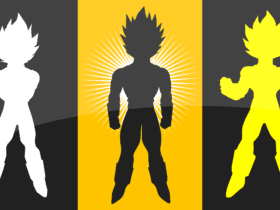Google has just launched PaLM 2, a group of fundamental language models quite similar to OpenAI’s GPT-4. What’s interesting is that the tech giant claimed that 25 of its products, including its AI assistant Bard, are already powered by PaLM 2. The news was released during the Google I/O conference in California. What’s PaLM 2, and how different is it from other AI tools? We’ve discussed this below.
PaLM 2, aka Pathways Language Model, is actually quite the deal! What’s best about this AI tool is how smoothly it can conduct “reasoning,” multilingual translation (over 100 different languages), and code creation. The newly introduced PaLM 2 is now available in four sizes: Gecko, Bison, Otter, and Unicorn. Well, isn’t that cute?! How different are these options, you may ask? For example, PaLM 2 Gecko is said to be able to function on a mobile device.
If you use Docs, Sheets, or Slides, you’re in luck because PaLM 2 is the engine driving the AI functionality in all of these!
Check out PaLM 2 in action:

As previously said, PaLM 2 is a group of large language models (LLMs) that makes next-word predictions. Next, it generates the most likely text in response to that in order to prompt input from us. Quite impressive, isn’t it?!
What are your thoughts about PaLM 2 so far? Are you familiar with such generative AI tools?
PaLM 2 vs. GPT-4
Well, here’s the thing. There’s good news and bad news. In several translating, reasoning, and mathematics tasks, PaLM 2 appears to outperform GPT-4. However, the truth could differ from Google’s standards. Ethan Mollick, a professor at Wharton who is known for his pieces on AI, conducted a quick analysis of the PaLM 2 version of Bard. He found that on a variety of informal language tests, PaLM 2 performed lower than GPT-4 and Bing.
You can now try the PaLM 2 experience here.












Leave a Reply